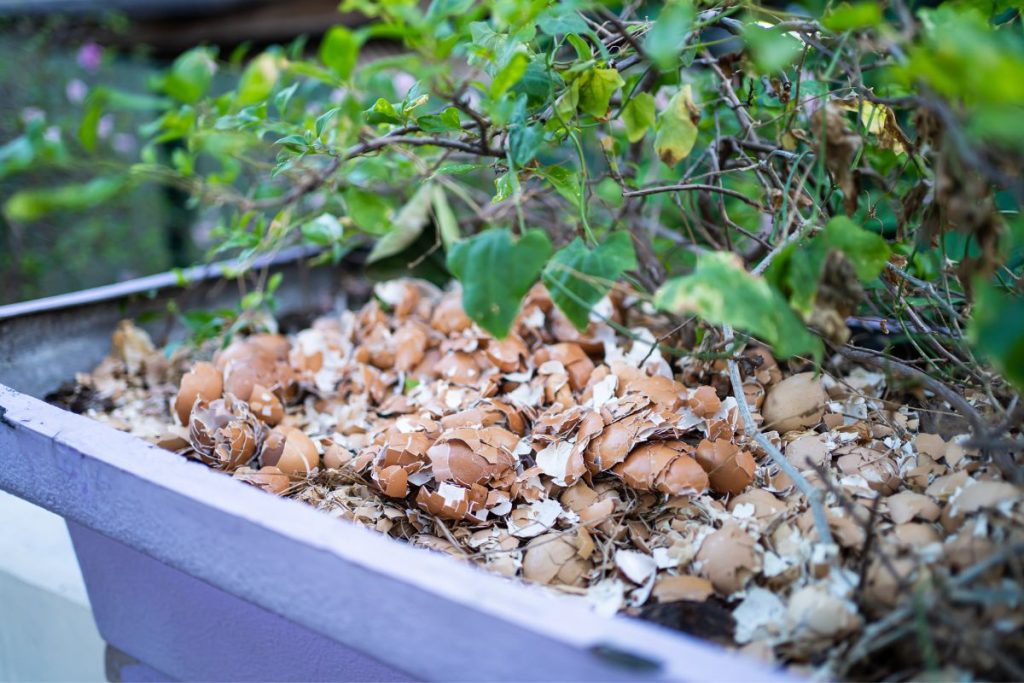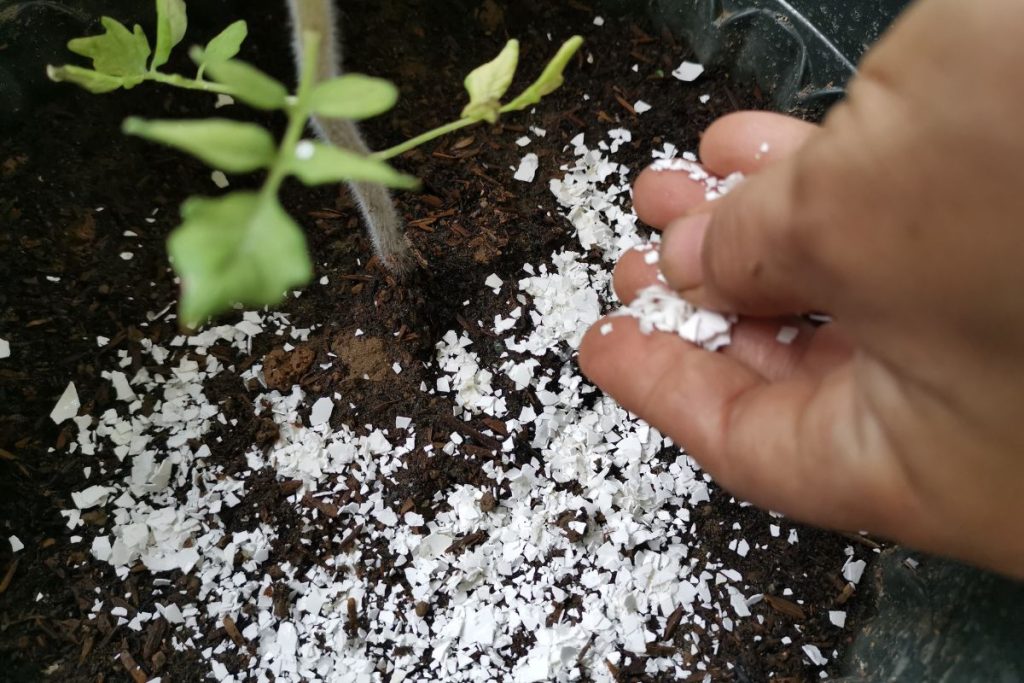How to Use Eggshells to Feed Your Succulents and Cacti
Succulents and cacti are super popular because they’re low-maintenance plants. They’re easy to take care of, but if you want your plant to be super healthy and happy, there are a couple of things you need to know about watering and fertilizing. Besides the special soil they need, fertilizers play a big role in helping these plants grow.
Now, here’s the cool part: did you know you might be able to use something you already have at home to fertilize your succulents and cacti? Yep, I’m talking about eggshells! You might be wondering if eggshells really work as a good fertilizer for these plants. Well, let’s dive into that and find out!

Contents
Do Egg Shells Make Good Fertilizer?
Absolutely! Just like humans need calcium for strong bones and muscles, plants need calcium for growth. And eggshells are a fantastic source of calcium carbonate, which can benefit your succulents and cacti. Instead of throwing away your eggshells, consider saving them for your plants.
Calcium carbonate in eggshells helps strengthen and stabilize the cell walls and membranes of plants. It promotes growth when new cells are being formed and plays a crucial role in root and pollen tube development. Without enough calcium, plants may show signs of deficiency such as gelatinous tips on new leaves, deformed leaves, blackened roots, and even death.
How Do You Fertilize Plants with Eggshells?

To avoid calcium deficiency, you can make eggshell tea or incorporate eggshell powder into the soil for your succulents and cacti. Here’s how:
- Making Eggshell Tea:
- Boil a pot of water and add 10 eggshells (or 20 for a stronger tea) per gallon of water.
- Alternatively, bake the eggshells at 200 degrees Fahrenheit for about 20 minutes.
- Leave the eggshells in the water overnight.
- Strain the water in the morning, removing any particles.
- Use the resulting eggshell tea to water your plants once a week.
- Making Eggshell Powder:
- Rinse the eggshells and let them dry completely.
- Crush the shells into a fine powder using a blender or coffee grinder.
- Mix the powder into your potting soil.
- Eggshells in Plant Pots:
- Break the eggshells into slightly larger pieces and place them at the bottom of the pot as a layer.
- Cover the drainage holes loosely to prevent soil from falling out.
- Only do this once or twice a year since raw eggshells are used.
Remember, eggshells also contain a small amount of potassium but lack nitrogen, which succulents need. If you’re using another fertilizer, check if it already contains calcium to avoid overdoing it.
How Often Should You Do This?

Succulents and cacti don’t require frequent fertilization compared to other plants. During their growing season (summer, spring, and fall), fertilize them once a month. Increase the dosage a bit during their peak growth and reduce it by mid-fall.
If you have a succulent that doesn’t grow much in summer, stop fertilizing when it naturally stops growing. Additionally, if your succulent doesn’t receive much sunlight, fertilize sparingly to avoid making it weak and thin. If your plant is in a container without drainage holes, fertilize it less, as the water and nutrients can’t escape.
Cacti can withstand harsh climates, but a little extra calcium boost can keep them healthy. The fertilization frequency rules apply similarly to both succulents and cacti.
FAQs
Are eggshells good for Christmas cactus?
Yes, eggshells can be beneficial for Christmas cactus. Eggshells provide calcium, which helps strengthen the cell walls and promotes overall plant health. You can use eggshell tea or incorporate crushed eggshells directly into the soil to provide calcium to your Christmas cactus.
Do succulents like eggshells?
Yes, succulents can benefit from eggshells. While succulents don’t require as much calcium as other plants, the calcium carbonate in eggshells can help strengthen their cell walls and promote growth. Using eggshell tea or incorporating eggshell powder into the soil can provide the right amount of calcium for your succulents.
Are eggshells good for cactus?
Yes, eggshells can be good for cacti. Like succulents, cacti can benefit from the calcium content in eggshells. Calcium helps promote growth and strengthens the cell walls of cacti. Using eggshell tea or incorporating crushed eggshells into the soil can provide the necessary calcium for your cactus plants.
Wrapping Up
Eggshells are an excellent source of calcium as a fertilizer, even though succulents and cacti don’t require large amounts of it. Remember, no matter how you use eggshells, make sure to remove the egg white and yolk before applying them to your plants.
